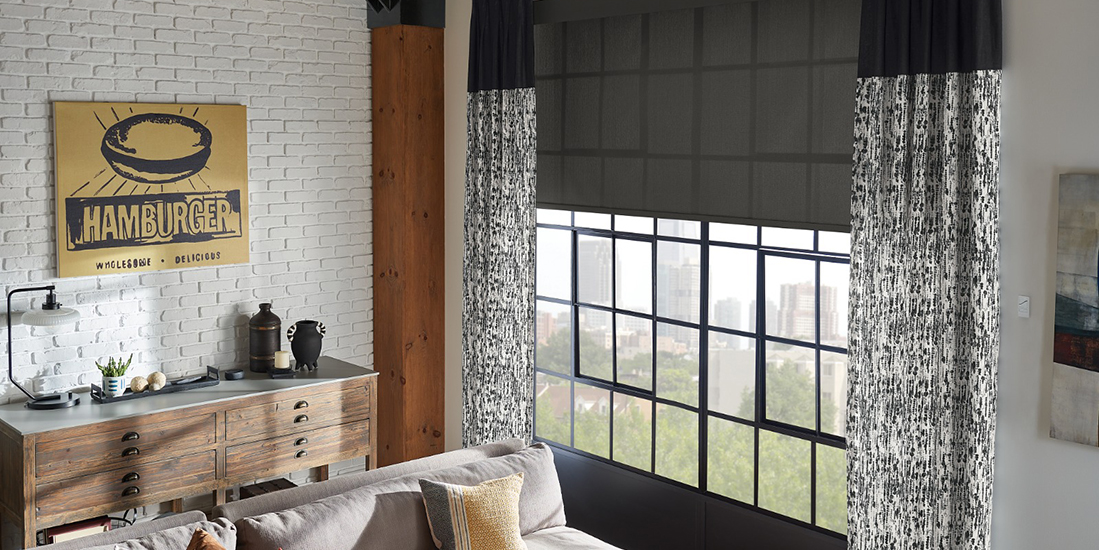Ripplefold Drapes Fullness: What’s Best for Hotels and Restaurants?
Ripplefold drapes can create a beautifully modern aesthetic for hotels and restaurants. They’re more relaxed than traditional pleats but have a neater appearance than flat curtains. However, if you’ve decided you want to outfit your rooms with ripplefold drapes, it’s not always easy to know what fullness you need.
Take a closer look at why drape fullness matters and how you can choose the right fullness for your restaurant or hotel.
Why Does Drape Fullness Matter?
Because of the ripples in ripplefold drapes, the actual length of fabric used to cover a given window will usually be longer than the window itself. The fullness of a set of drapes is determined by the ratio of fabric to the length of the window being covered. The spacing between carriers — also called “curtain glides,” “sliders,” or “rollers” — on the track also factors in.
Fullness is expressed as a percentage. The higher the percentage, the closer together the carriers are, and the more ripples you see when the drapes are closed.
The level of fullness you choose will depend on several factors. Some common considerations include:
- Space: More fullness comes with greater stack back, meaning drapes occupy more space when fully opened
- Cost: Because more fullness means more fabric, fuller drapes may be more costly
- Aesthetics: Hardware is more visible at lower fullness
- Privacy: Greater fullness creates more privacy
- Fabric: Thinner fabrics look best at greater fullness
No level of fullness is inherently better or worse than the other. Your choice should come down to your needs and personal preferences.
Common Levels of Drape Fullness
Because manufacturers only use certain carrier spacing, there are several standard fullness levels. The three types commonly found in hotels and restaurants are 80%, 100%, and 120% fullness.
80% Fullness
This fullness level requires less fabric and can be more economical without sacrificing aesthetics. When used with fine or sheer fabrics, an 80% fullness may look sparse, but it’s often a better choice for thick or heavy fabrics than 100% or 120% fullness.
100% Fullness
This level is often called “custom” fullness. Because it creates a full look without creating excessive stack back, it’s often used in hotels. For this reason, 100% fullness can be an ideal middle ground if you like the look of 120% fullness but prefer the price point of 80% fullness.
120% Fullness
This deluxe fullness level looks especially striking with ripplefold sheer drapes. Because it creates more privacy, it’s a good choice for settings where you want to let more sunlight filter in but still want to prevent outsiders from seeing inside.
When used with thick fabrics, it can create a cumbersome level of stack back and impair visibility, so you may opt for lighter fabrics with this fullness.
Custom Ripplefold Drapes: Consider Drapes Made Just for You
Fullness is a crucial consideration when choosing shades for hotels or restaurants, but it’s far from the only one. You will also have specific size, color, and fabric needs, making it challenging to find the right drapes for your purposes.
That’s where The Hemming Way comes in. We’re dedicated to creating quality, fully customized drapes, shades, and other window treatments for hotels and restaurants. Our team understands the challenges that come with choosing, designing, and installing new drapes and can help you find the perfect option for your needs. Get in touch with us today!



